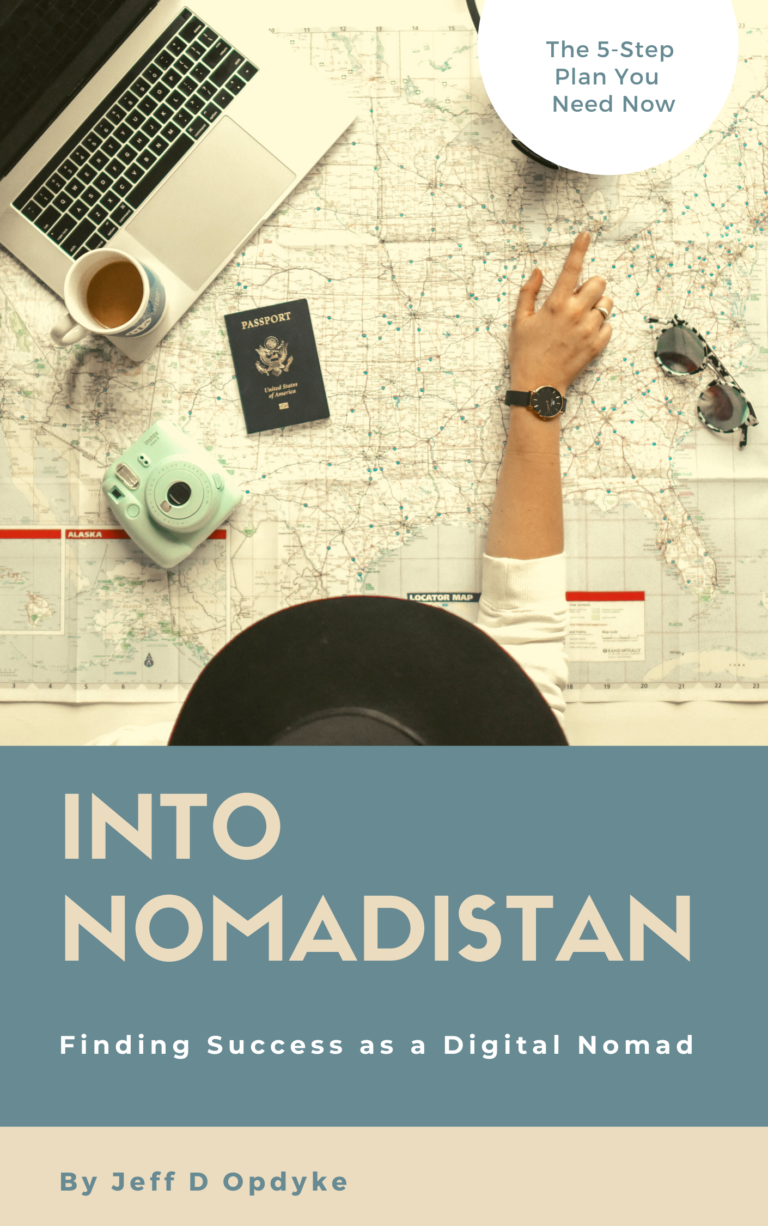
Second Passports: Your Essential Guide To Obtaining The Most Important Document You Don't Have
There was a time America’s passport was the most-coveted travel document in the world. That time has passed. Today, a U.S. passport, while still reputable, has slipped in stature as America’s social and political scene has devolved. These days, a second passport from Europe, parts of Asia, or parts of the Caribbean and Latin America is the most important travel accessory to own.
In Second Passports, I lay out why it is that owning this document is the smartest strategy you can pursue in your life because of the freedoms and opportunities it provides. And I show that, despite perceptions, second passports are not reserved singularly for the world’s millionaires and billionaires. Everyday, ordinary people are pursuing them as well.
I take you through the rationale, as well as the lifestyle and financial benefits of owning a second passport, and all the paths you can pursue that lead to second citizenship and a second passport. That includes citizenship-by-ancestry options around the world – some of which allow you to go back nearly 1,000 years to prove your heritage.
As well, I detail the more-then 50 countries that today offer digital-nomad or retirement visas, many of which lead to citizenship opportunities.
In short: Second Passports truly is the essential guide to obtaining the most important document you don’t have.
Into Nomadistan
In our post-pandemic world, Digital Nomadism has become a viable, legitimate, enviable career choice and way of life. But for so many people who dream about this lifestyle of ultimate freedom and work/life balance, the key question is: How do I even begin to pursue this?
Into Nomadistan answers that question.
Chapters address the basics – from defining your vision, to mapping out the logistics of visas, to figuring out how you will afford your life when you’re living and working overseas.
Into Nomadistan is the five-step plan for helping you find success as a digital nomad. It’s a quick and easy read – the primer you need to begin your pursuit of one of the most enviable lifestyles today: living and working overseas from pretty much anyplace you want to be.


Freelancer's Guide To: Czech Republic
For many wanna-be digital nomads, living and working in Europe is the Holy Grail. Increasing numbers of European countries now offer digital nomad visas in one form or another, but some are better than others. The Czech Republic offers arguably one of the best options on the Continent. Though the Czechs do not offer a “digital nomad” visa by name, they do have a process by which anyone – locals and foreigners alike – can obtain an independent work permit, and as a foreigner with that permit, you’re eligible to apply for a temporary residence permit good for a year and which can be renewed in two-year increments.
Freelancer’s Guide To: Czech Republic is your quintessential roadmap for everything you need to know about obtaining the right to live and work in one of the most beautiful and centrally located countries in Europe.
The necessary paperwork is relatively easy, and once you have the right to live and work in the Czech Republic, you’ll find out just how far your income goes in a country that has a high standard of living, a much lower cost of living relative to the U.S., Canada, Australia, New Zealand, and elsewhere, and a tax system highly beneficial to freelance workers.
If you’re serious about living and working nomadically in Europe, the Czech Republic should be high on your list of countries to investigate, and Freelancer’s Guide To: Czech Republic should be the resource you rely on.
Replay
From the end of World War II until the end of the 1990s, America birthed what has come to be known globally as “the middle class” – those hundreds of millions of consumers who spent their paychecks on everything from Frosted Flakes cereal to new cars, tract homes, and every modern electronic convenience of a particular decade.
That American phase is now over. The American consumer is played out – has been for two decades now.
But in it’s place is rising up an even larger clot of middle-class consumers: those living in the world’s emerging markets. They’re magnitudes more numerous than Western consumers, and while their spending power is different, even those surviving on as little as $2 per day represent the middle class in many parts of the world. And in that fact is an investor’s second chance to invest in – to replay – the American Dream.
To gather the stories for Replay, I traveled the world for the better part of two years, pulling into markets that are right on the cusp of flipping over into developed-nation status (such as Poland) to those that are truly frontier markets now at the earliest stages of consumerism (such as Burma, or Myanmar as it’s known today). Along the way, I take readers into the real lives of the people who define the new consumer class, and the local companies traded in local stocks markets that are likely to be tomorrow’s Coca-Cola, McDonald’s, and Home Depot.

